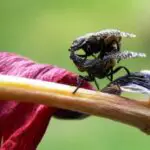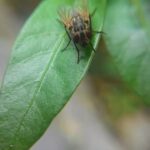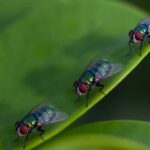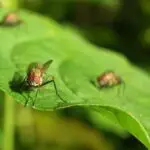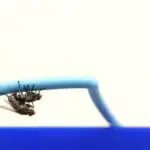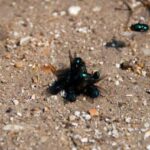How Do Flies Work Together?
The innate sociality of flies has long intrigued scientists. The flies’ ability to cluster and form regular spacing is thought to be a result of their sensory nerve cells, which are turned on by physical interaction. Without these cells, the flies would be unable to establish social distances between them, which are essential for the formation of an organised cluster.
Most flies live as larvae, and some feed on plants and fungi. Others lay eggs on plants and create galls, which protect them and provide food. Some flies also filter microscopic food particles from freshwater bodies. Other species are parasitic and feed on vertebrates.
The research also shows that flies’ olfactory system is similar to ours, although fewer of the receptors are present. Researchers at Rockefeller University studied the odor detection system in fruit flies and linked dozens of proteins to specific areas of the fruit fly’s brain. Several odorant receptors work in conjunction, allowing the flies to detect hundreds of scents.
Flies are remarkable aerialists, and some species can fly backwards or hover vertically. Flies also flap their wings rapidly, and most of them flap their wings at over 200 Hz. This rapid rhythmic motion is essential for flying and finding food and mates.

